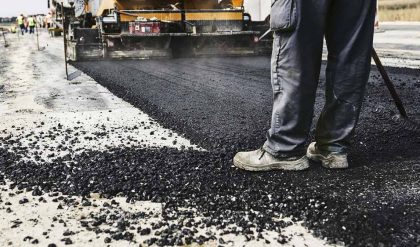The synthetic base lubricants:
§ Offer better thermal and oxidative stability.
§ Retain their viscosity.
§ Are less mutable in different conditions.
§ Exhibit improved friction properties.
§ Exhibit lower solubility to additives. The low solubility not only makes it difficult to dissolve some important additives during the composition and production process of the final product, but also reduces a number of key quality parameters, such as dispersancy (maintenance of suspended acidity by-products and their demolition) and compatibility with the various elastomers (e.g. seals which, while in contact with oil, optionally shrink or “bulge”).
§ Are more costly choices.
What effect does the base have on the performance of the final lubricant?
Desirable performance characteristics:
§ High thermal and oxidative stability.
§ High viscosity index.
§ Low volatility, which means that the lubricant resists evaporation due to high temperatures, and thus it shows no loss of its rheological characteristics (i.e. its viscosity).
§ Low pour point.
§ Compatibility with elastomers (seals) (see above).
§ Solubility of additives.
Therefore, the lubricant selection totally depends on the application for which it is intended.
CHEMICAL ADDITIVES
Additives are chemical compounds used to affect the performance characteristics and the required properties by the lubricant. The categories of additives are the following:
§ Antioxidants: They constrain the “attack” of oxygen to the oil, and reduce its fatting, especially at high temperatures.
§ Detergents: Metal compounds which control deposits and keep the engine clean.
§ Dispersants: Non-metallic (ash-free) organic compounds that keep deposits and by-products suspended in the lubricant and prevent their creation.
§ Against wear: They prevent wear. They are usually based on zinc, phosphate or other organic-metallic substances.
§ Inhibitors of rust and acidity: They prevent the “attack” of acids on metal surfaces.
§ Modifiers of friction: They reduce friction and vary in chemical composition, depending on the lubricant type.
§ Additives of extreme pressure: It is usually about additives based on sulphur-phosphorus. They are mainly found in transmission lubricants but also in the lubricants of air compressors, hydraulic systems and machine tools (slides and anchor chains/chains).
§ Anti-foaming agents: They prevent the foaming of the lubricant due to presence of air and thus help maintain the lubricant film and the pumping of oil.
§ Viscosity index improvers: They change the thinning rate (as well as the viscosity index) as the temperature increases. They are polymer components varying in chemical composition, depending on the lubricant type.
Degradation of pour point: They improve the property of lubricant to flow at low temperatures.


Comments are closed.